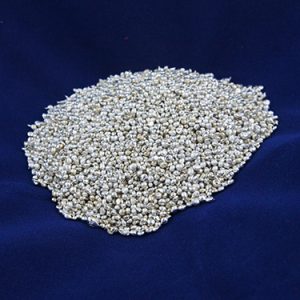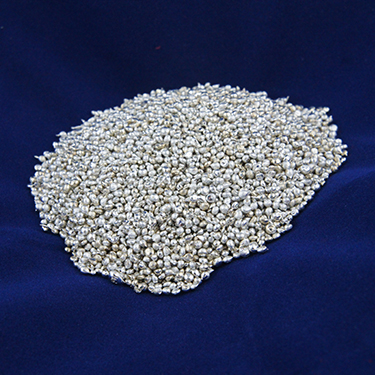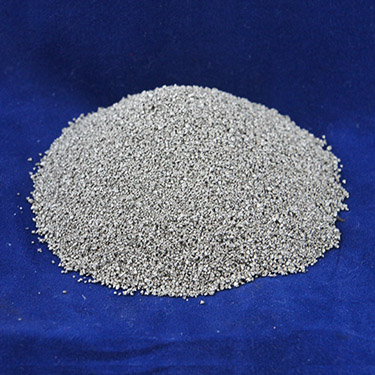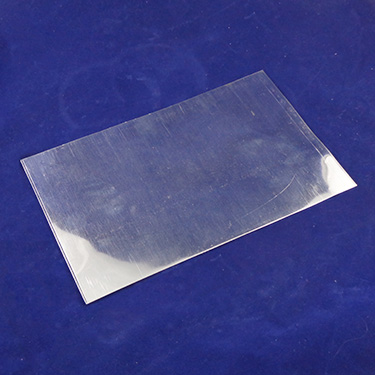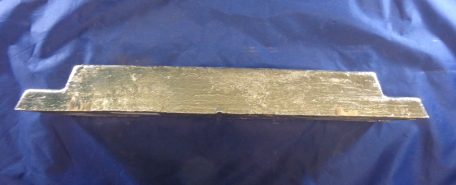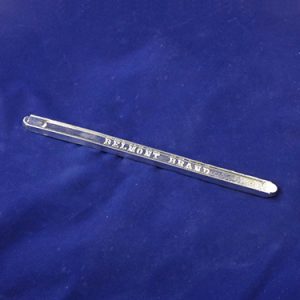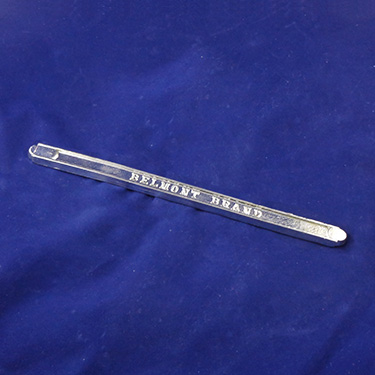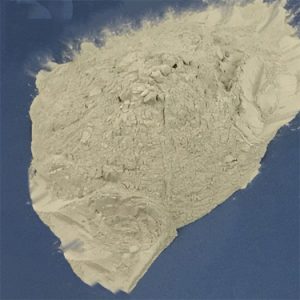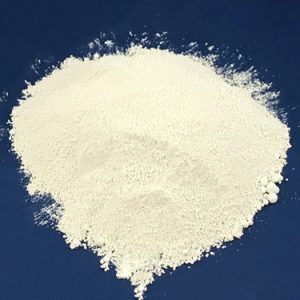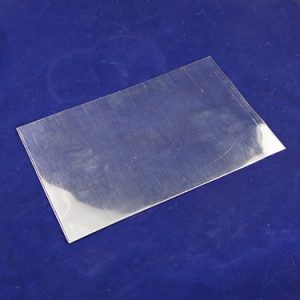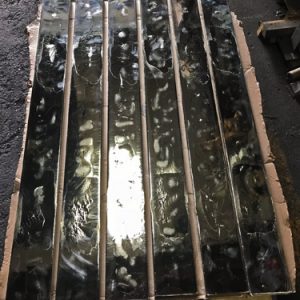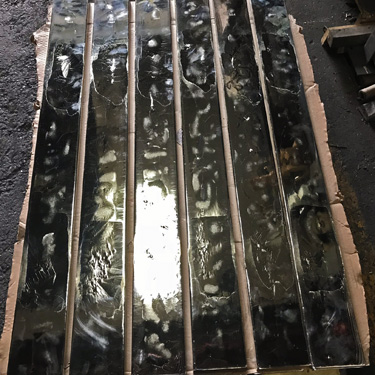When evaluating metals used to strengthen other alloys and to provide unique mechanical and physical properties, tin in higher purities is one metal that manufacturers take a close look at. Tin is an abundant metal as it is used in a number of manufacturing purposes and industries. This metal is often used as an outer…
Featuring: Grade A 99.85%, 99.99%, Grade M Tin in a variety of forms
Tin is a silvery-gray metallic element. The symbol is Sn, from the Latin stannum, and its atomic number is 50. Almost every continent has a source in the earth for tin. It is usually found in the form of cassiterite which is an oxide mineral.
Anthropologists have determined that humans have been working with tin for at least 5,000 years. Studies show that it is one of the earliest metals used by man. There are examples of ancient items where it was alloyed with copper to make bronze, one of the first alloys produced. Tin was used because it hardens copper without making it brittle.
Tin is also widely used in the production of Fashion (costume) Jewelry and ornamentation. The metal has been used for many other purposes, such as coatings. Its high corrosion resistance make it an excellent choice for many applications. The major user of Tin worldwide has been in the canning industry. Tin cans, used for packaging food and drink, when made of steel sheet, are plated with a thin layer of tin. This material is known as tinplate which is rolled from a large slab of steel clad tin.
Although the entire world production of tin is small in tonnage, the uses of this metal are of maximum importance and are more widely spread industrially than those of almost any other metal.
Tin is an important constituent of most solders and other alloys such as Babbitt metal and bronze. In addition to a wide range of manufacturing uses, the metal is also nutritionally necessary, albeit in trace amounts.
Read More
Showing all 12 results
Featured products
RELATED POSTS

Different Grades of Tin
Tin is used through the world in a range of different applications. It is commonly used as coatings on other metals, such as steel sheets that are manufactured into beverage cans and other food containers. This metal is also found in ornamental products as well as costume jewelry. Tin can be alloyed to other base…

Shot and Cubed Alloys: Advantages of Using Different Shaped Metals
Due to advanced manufacturing processes, companies today can use a range of base metals and alloys to create the right products and components to their industries. When obtaining the metals that will be used in casting, extruding and forming processes, manufacturers can request the alloys and base metals in various sizes and shapes. Ingots, cubes,…

Applications and Uses for Tin Sheet
Tin has been around for thousands of years and was most commonly used for the manufacturing of bronze, which is a tin and copper alloy. Today, most people would associate tin with the tin can found on grocery store shelves. However, tin and its alloys are used for far more than the making of bronze…

Chemical reactions
ACS Reagent-grade Tin and Zinc for use in chemical analysis and compound creation Tin and Zinc are essential components of many alloys, but uses for these two elements extend beyond solders, die castings, galvanizing, and plating. Reagent grades of Zinc and Tin can be used in chemical analysis or other reactions. In organic chemistry, reagents…

Safe sparklers
Using lead-free pewter alloys for making jewelry helps alleviate health concerns Adding lead to an alloy can help create characteristics—such as softness and lower melting temperatures—that are useful for many applications. However, lead also is a neurotoxin that is dangerous to animals and humans. Small children are more vulnerable to the effects of lead exposure…

